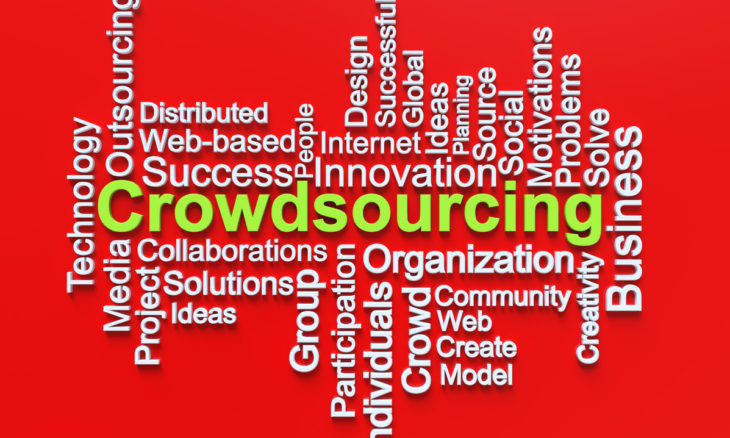I was at the CDX Innovation Summit last month and I was astonished by a lot of the new tech that was discussed: unwired VR gaming, how voice recognition might lead to something called voice engine optimization, how 5G will make technology perform faster than what humans experience as instantaneous. I can’t imagine how my life will reformat with some of these new advancements, but it’ll be here before I know it.
But I also heard a warning from one of the presenters, Mei Jiang from HP, who told the audience that (especially for large companies) “differentiation does not lie in the technology.” This may come as a shock to many innovators who look to new technology as their competitive edge. For some companies, “digital” is still synonymous with “innovation,” but the fact of the matter is that technology is changing so rapidly and the gap between big business capabilities and scaling small businesses is closing. It’s possible soon with the prosumer movement, that within a decade I’ll be able to conceive of, design, and print my next pair of shoes. Where does a big brand fit in when your customer has all the technology that they need?
Instead, what will differentiate the market leaders from the market laggards is their ability to act on ideas. The average time to take an idea to launch for an IdeaScale customer is less than a year. Less than the industry average. But as the pace of business accelerates and expectations shift, we’re going to need to move even faster, but also retrain ourselves in how we act on ideas.
So, how can you coach yourself to stay agile and move quickly?
Become an expert at prototyping concepts… not necessarily products. Even if what you’re talking about is a product, create a brochure or a flyer with a sketch of what you’re thinking about so that you can socialize the idea and articulate its most important qualities. This will allow you to test ideas without having to get too far along in development. Money and time can be wasted here, but also the more time you spend with an idea, the more likely you are to commit to it and stop looking for other solutions. Our customers at Spotless use this not only to start testing concept appeal, but also as a way of mentoring their idea authors who haven’t yet built business cases as part of their jobs or prototyped ideas. Therefore, every promising idea gets a beautifully-designed one-page takeaway that the idea author can begin using to ask for feedback.
Start by asking yourself what would have to go wrong for you to admit failure. For example, “if I can’t find 10 partners to sign on in the next week, then I’m probably not going to be able to deliver on this idea quickly enough to keep up with the competition.” Figure out what your minimum fail points are and stress test a concept against that. This will help you to develop a stress test that keeps you honest and might improve your product, but you also know that if you hit that barrier, it’s time to move on to the next idea. Our customers at Western Power start initiatives by inviting their anticipated top ten advocates to their pre-launch as well as their anticipated top ten detractors. This is a great way to identify fail points… as well as ways to maximize appeal. After all, if you can get everyone on the same page, it’s very likely that you’ll build something special.
Focus on other aspects of value creation to differentiate. What experience can you create? Who can you partner with? Is there a new business model? It’s not just about the offering that you’re developing but the brand, experience, services, and style in which it’s packaged. Sometimes it’s not what you’re building, but how. Jeremy Balkin from HSBC told a great story about how so many people in the financial sector don’t see themselves as impacted by the experience economy, but when HSBC had one of the first robot bank tellers in their NYC branch managing customers one day, it not only demonstrated the capacity of their tech, but it also had people taking selfies and stopping by the bank all day. Challenge your own expectations of who you and your brand can become.
You can find more insights about how innovation program managers are building their innovation programs in the 2019 State of Crowdsourced Innovation Report.






